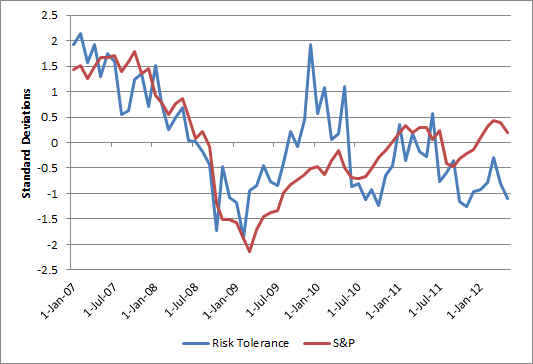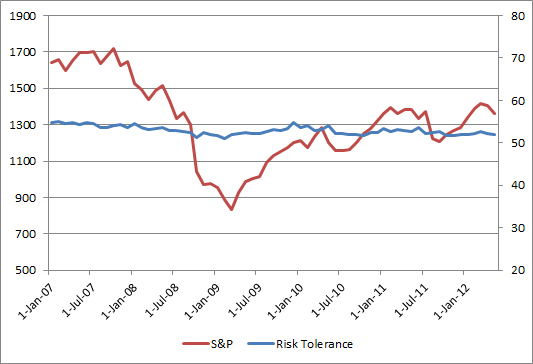
Taxation Of Social Security As A Marginal Tax
Because the formulas to determine the amount of Social Security benefits to include in income are themselves based on income, the net result is that the inclusion of Social Security functions like a surtax on income while it is phasing in. And because of the high percentage of Social Security benefits that become taxable as income rises, the effect can be significant.
The earlier example of Jeremy and Martha
If the couple decides to take another $1,000 out of their IRA, this will increase their AGI by $1,000 to $29,000. As a result, it will also increase their provisional income by $1,000, which leaves them $4,000 above the threshold, resulting in $2,000 of their Social Security benefits being taxable. In the end, this means Jeremy and Martha end out with a total AGI of $31,000... their AGI increased by $1,500 even though they only took out a $1,000 IRA withdrawal due to the taxation of Social Security benefits! If the couple is subject to the 15% tax bracket, their additional tax liability on $1,500 of income is $225, which equates to a marginal tax rate of $225 (additional taxes) / $1,000 (additional income) = 22.5%. In other words, even though the couple is in the 15% tax bracket, their $1,000 IRA withdrawal is subject to a 22.5% marginal tax rate due to the formulas triggering taxation of Social Security benefits!
The earlier example of Donald and Sarah
If they decide to take out another $1,000 from their IRA, their provisional income will rise to $57,000, and another $1,000 x 85% = $850 of Social Security benefits will be subject to taxation. This increases their AGI by $1,850, which leads to $277.50 of additional taxes. The end result: Donald and Sarah face a $277.50 / $1,000 = 27.75% marginal tax rate even though they're in "just" the 15% tax bracket, due to their greater income triggering taxation of additional Social Security benefits at 85 cents on the dollar!
The earlier example of Paul and Megan
If they decide to take out another $1,000 from their IRA, their provisional income will increase to $71,000. However, since they are already capped at 85% of their maximum Social Security benefits being subject to taxation, their AGI simply increases to $59,000 + $20,400 = $79,400. In other words, because the maximum amount of Social Security benefits were already subject to taxation, another $1,000 of income simply increases their AGI by... $1,000! Assuming the couple is subject to the 15% tax bracket (which they should be after personal exemptions and itemized deductions), the additional taxes on $1,000 of income will be $150, which means their 15% tax bracket really does mean a 15% marginal tax rate!
The bottom line
The net result of these formulas is that while 50% of Social Security benefits are being phased in, the marginal tax rate is essentially boosted by 50%, from 15% to 22.5%. For those whose income exceeds the upper threshold, the marginal tax rate is boosted by extra 85%, from 15% to 27.75%! This essentially results in a tax bracket "bubble" that occurs as Social Security benefits are being phased in, until the maximum phase-in is reached and the client's tax rate returns his/her normal tax bracket again.
For individuals, the effect can be even more severe, see our next blog post.































 RSS Feed
RSS Feed
